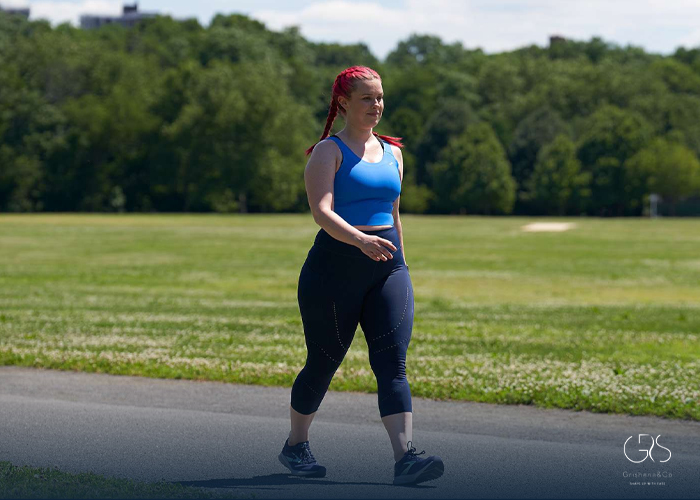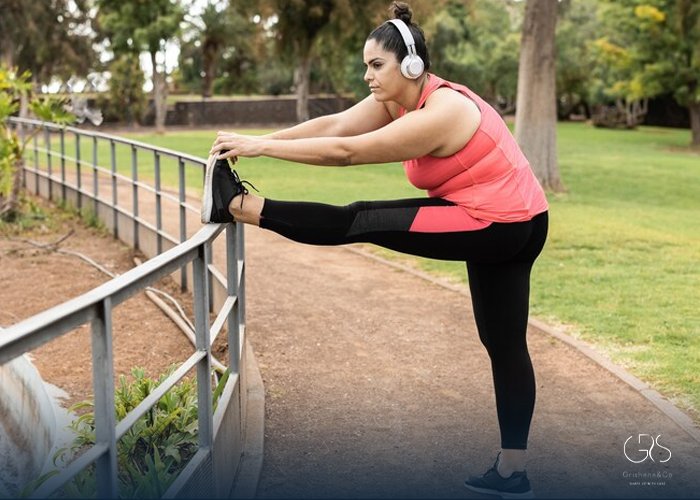Walking is a powerful and accessible exercise that can greatly contribute to weight loss. Incorporating walking into your fitness routine has numerous benefits, including improved cardiovascular health, increased calorie burn, enhanced mental well-being, and improved overall fitness. In this article, we will discuss the various benefits of walking for weight loss, recommend an effective walking plan, provide tips to perfect your walking form, and explore how to gradually incorporate running into your routine. Whether you are a newbie, an on-and-off runner, or a regular gym-goer, this guide is tailored to help you achieve your weight loss goals through the power of walking.
The Benefits of Walking for Weight Loss:
Walking can be an excellent exercise choice for weight loss due to its simplicity and wide range of benefits. According to a study conducted by the Harvard School of Public Health, walking at a brisk pace for 30 minutes can burn around 150-200 calories depending on factors such as weight and intensity. Additionally, walking helps increase metabolism, improve digestion, and reduce body fat. Regular walking has also been associated with a decreased risk of chronic diseases such as heart disease, type 2 diabetes, and certain types of cancer . Moreover, walking offers psychological benefits, including stress reduction and mood improvement .
Read more about health benefits of walking)

How Fast and Often Should You Walk?
To make the most of your walking routine, it is important to find the optimal pace and frequency. The American Heart Association recommends aiming for a brisk pace of 3-4 miles per hour. To ensure you maintain this pace, follow these guidelines:
- Tempo Day: Plan a workout where you walk at a slightly faster pace than usual for 20-30 minutes. This allows you to challenge your body and increase your fitness level gradually.
- Long Interval Day: On this day, focus on increasing the duration of your walk. Try going for a longer walk at a moderate pace, aiming for 45-60 minutes. This helps improve endurance and burn more calories.
- Short Interval Day: Incorporate short bursts of faster-paced walking into your routine. For example, alternate between 2 minutes of brisk walking and 1 minute of walking at a slower pace. Repeat this pattern for 20-30 minutes. This interval training method boosts calorie burn and enhances cardiovascular fitness.
(I suggest that you read my article on calories while walking.)
How To Perfect Your Walking Form:
Proper walking form is essential for optimizing the effects of your workout and minimizing the risk of injury. Follow these tips to ensure your walking form is on point:
- Maintain an upright posture with your spine straight and your head held high.
- Relax your shoulders and keep them down, away from your ears.
- Swing your arms naturally, maintaining a 90-degree angle at your elbows.
- Land on your heel and roll through your foot, pushing off with your toes.
- Engage your core muscles by drawing your navel towards your spine, promoting stability and balance.

How To Take Your Workout Up a Notch:
Once you’ve established a consistent walking routine and built a solid foundation, you may consider adding running into your workout to elevate your calorie burn and challenge your body further.
For the Running Newbie: Gradually introduce running intervals into your routine, starting with short bursts followed by walking to recover. Gradually increase the duration of your running intervals and reduce the time spent walking.
For the On-and-Off Runner: If you have some experience with running but have been inconsistent, follow a walk-run program to build endurance gradually. Start with a ratio of walking to running (e.g., 3:1) and progress over time as you gain fitness and confidence.
For the Regular Gym-Goer: Incorporate running intervals into your walking routine, alternating between walking and running for a more intense workout. This helps challenge your cardiovascular system and boost calorie burn.

How To Add More Walking Into Your Day:
Walking isn’t limited to dedicated exercise sessions. You can incorporate more walking into your daily routine to increase activity levels and maximize weight loss results. Consider the following tips:
- Take the stairs instead of the elevator.
- Park your car farther away from your destination.
- Walk or cycle for short errands instead of driving.
- Use a standing desk or take regular walking breaks at work.
- Consider organizing walking meetings or catch up with friends during a walk.
Conclusion:
Walking can be a highly effective strategy for weight loss, offering a multitude of physical and mental health benefits. By following a well-designed walking plan, incorporating running intervals when ready, perfecting your form, and finding creative ways to add more steps to your day, you can maximize the impact of walking on your weight loss journey. Remember that consistency and gradual progress are key to achieving long-term success. Lace up your shoes and embrace the transformational power of walking.
Sources
- Harvard Health Publishing, Step up your walking game
- Mayo Clinic, Walking: Trim your waistline, improve your health










